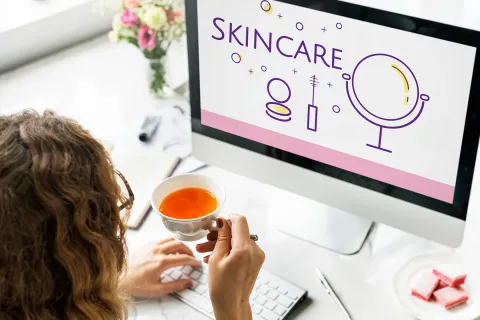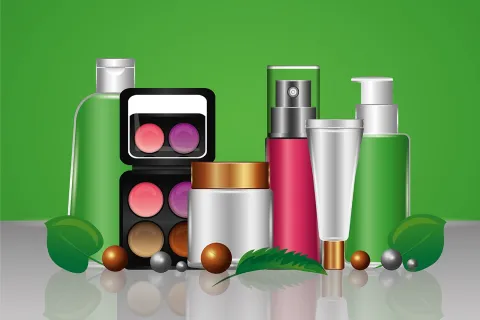
Testing plays a crucial role in the cosmetic product manufacturing process. Compliance with specific testing requirements is essential to ensure that cosmetic products are safe for use under reasonably foreseeable conditions. To uphold the strict Regulatory standards and protect consumers, cosmetic testing in the European Union (EU) involves a comprehensive process of assessment and evaluation. In this blog, we shall explore the various types of testing conducted to assess product safety and efficacy and compliance with the stringent regulations set by the EU Cosmetics Regulation.
There are two (02) main types of testing conducted for cosmetic products in the EU:
- Cosmetic Safety Testing.
- Cosmetic Efficacy Testing.
Manufacturers need to perform specific tests under the above two (02) categories to comply with the legislation and successfully introduce their products in the EU market.
Cosmetic Safety Testing
The EU Cosmetics Regulation mandates cosmetic safety as a fundamental requirement, which states that every cosmetic product sold in the market must be safe for human use and should not pose any health risk. To fulfill this requirement, the manufacturer must conduct safety evaluation and safety testing, through which they would get evidential support justifying the product’s safety. These test results are further evaluated by a safety assessor during the preparation of the Cosmetic Product Safety Report (CPSR).
The most common safety testing procedures include the following:
- Stability Testing.
- Compatibility with Packaging.
- Microbiological Testing.
- Dermatological Testing.
- SPF/UVA Testing.
Cosmetic Efficacy Testing
Cosmetic efficacy testing plays a key role in supporting product functionality and substantiating cosmetic claims. In the EU, claims substantiation is essential not only for fulfilling Regulatory requirements but also for enhancing the value of a given cosmetic product and thereby ensuring its success in a competitive market. Proof of the effects claimed forms an obligatory part of the Product Information File (PIF), which is a cosmetic product dossier that authorities must have access to. It is customary for authorities to review all the data supporting the marketing description and claimed effects of a product.
The most common efficacy testing method includes:
- Applicational Studies.
- Apparatus Testing.
Therefore, cosmetic testing in the EU is a multi-faceted process that prioritizes consumer safety, claims support, and Regulatory compliance. With its firm commitment to safeguarding public health, the EU’s approach to cosmetic testing involves comprehensive safety assessments. By upholding such high standards, the EU ensures that the cosmetic products available to consumers are safe and effective.
For expert Regulatory assistance in cosmetic testing in the EU region, consult Freyr!









